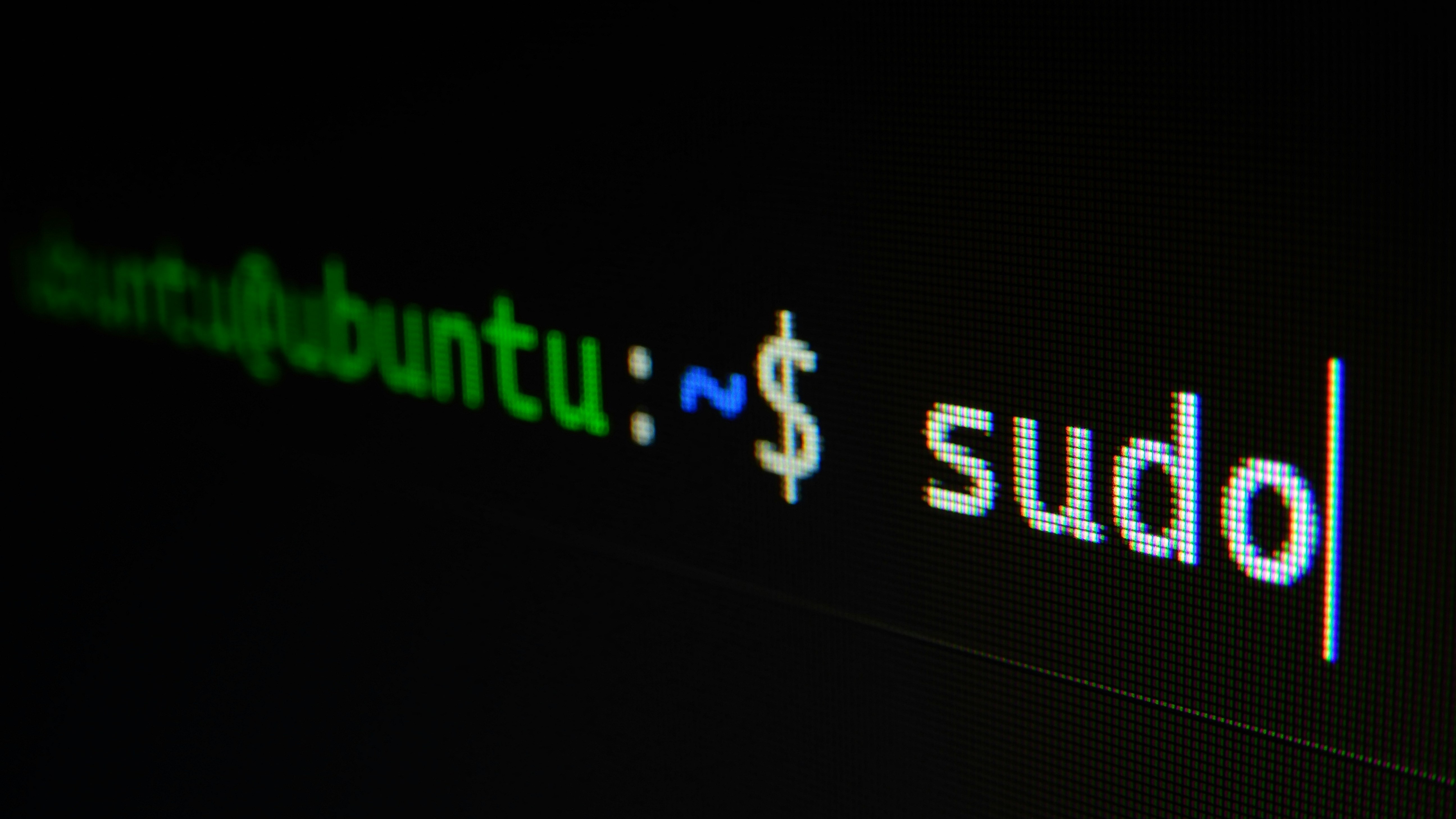11 August 2025
Comprehensive Linux Command Cheat Sheet
by Dan.C

🐧 Linux Command Cheat Sheet
A curated reference guide to the most essential Linux commands — ideal for system administrators, developers, DevOps engineers, and cybersecurity professionals. Whether you’re a beginner or brushing up your skills, this categorized cheat sheet will help streamline your command-line workflow.
Table of Contents
- Introduction
- File and Directory Operations
- Viewing & Editing Files
- Permissions & Ownership
- System Information
- User & Process Management
- Networking Commands
- Package Management
- Searching Files
- Keyboard Shortcuts & History
- Notes
🔍 File and Directory Operations
| Command |
Description |
ls |
List contents of the current directory |
ls -l |
List with detailed (long) format |
cd /path/to/dir |
Change current directory |
pwd |
Display present working directory |
mkdir new_folder |
Create a new directory |
rm file.txt |
Remove a file |
rm -r folder/ |
Recursively remove a directory and its contents |
touch file.txt |
Create a new, empty file |
cp source dest |
Copy a file or directory |
mv old new |
Move or rename a file or directory |
🛠️ Viewing & Editing Files
| Command |
Description |
cat file.txt |
Output file contents to the terminal |
less file.txt |
View file one screen at a time (scrollable) |
head file.txt |
Show the first 10 lines of a file |
tail file.txt |
Show the last 10 lines of a file |
nano file.txt |
Edit file using Nano (beginner-friendly) |
vim file.txt |
Edit file using Vim (advanced editor) |
📁 Permissions & Ownership
| Command |
Description |
chmod +x script.sh |
Make a script executable |
chmod 755 file |
Set read/write/execute permissions (owner), and read/execute (group, others) |
chown user:group file |
Change file ownership |
| Command |
Description |
uname -a |
Show system and kernel information |
top / htop |
Real-time process and system monitoring |
df -h |
Display disk space usage (human-readable) |
free -h |
Show memory usage |
uptime |
Show how long the system has been running |
🔐 User & Process Management
| Command |
Description |
whoami |
Display current logged-in user |
id |
Show user ID (UID), group ID (GID), and groups |
ps aux |
List all running processes |
kill PID |
Terminate a process by its PID |
sudo command |
Run command with superuser privileges |
adduser username |
Add a new user |
passwd username |
Change a user’s password |
🌐 Networking Commands
| Command |
Description |
ip a |
Display network interfaces and IP addresses |
ping domain.com |
Send ICMP packets to test connectivity |
curl https://example.com |
Fetch data from a URL |
netstat -tulpn |
Show active listening ports and services (legacy; use ss for modern systems) |
ssh user@host |
Connect to a remote host via SSH |
🧹 Package Management
📦 Debian/Ubuntu (APT)
| Command |
Description |
sudo apt update |
Update package lists |
sudo apt upgrade |
Upgrade installed packages |
sudo apt install package |
Install a new package |
sudo apt remove package |
Remove a package |
📦 Red Hat/CentOS (YUM/DNF)
| Command |
Description |
sudo yum install package |
Install package (YUM) |
sudo dnf upgrade |
Upgrade packages (DNF, successor to YUM) |
📝 Searching Files
| Command |
Description |
find / -name file.txt |
Search for a file by name starting from root |
grep 'pattern' file.txt |
Search for a text pattern in a file |
locate file.txt |
Quickly find file paths using an indexed database (updatedb required) |
💡 Keyboard Shortcuts & History
| Shortcut |
Description |
Ctrl + C |
Cancel the current running process |
Ctrl + D |
Logout of terminal or send EOF (End of File) |
Ctrl + R |
Search command history interactively |
!! |
Repeat the last command |
!abc |
Run the most recent command starting with abc |
📎 Notes
- Most of these commands are compatible across major Linux distributions.
- Prefix commands with
sudo where administrative privileges are required.
- Consider bookmarking this page or exporting it as a printable PDF for offline reference.
Stay efficient. Stay secure.
tags: linux - terminal - cheat-sheet - command-line - sysadmin - devops
